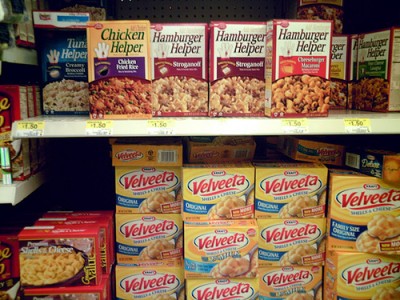Preservatives, like disinfectants, inhibit microbrial growth. But their main purpose is to extend a product’s shelf life. In our fast-paced, industrialized world where we as consumers expect to get what we want and when we want with minimal effort, it seems reasonable that so many of our products contain preservatives. But just like disinfectants and antibiotics, microorganisms do develop resistance to synthetic preservatives. Perishable goods like cosmetics and food are not expected to be aseptic – free of microbes. It is practically impossible! As you gleam through the product recalls, you will notice that contamination also happens to preserved products.
So why use it? From a business perspective, if you are going to produce perishables for a large consumer base and need to have a long shelf life to maximize profits, legal and consumer health benefits do outweigh the risks. The demand is also there; consumers do want the convenience and availability of perishable goods and so, preservative-laden products are a fact of life. Again, just like with disinfectants, we can limit our exposure by limiting our intake of commercially prepared perishables. But unlike reducing our use of antibacterial household cleaners, limiting preserved products means significant lifestyle trade-offs: cost, time and personal responsibility. We would have to pay a higher price for quality perishables or spend more of our time making our short-lasting homemade goods and trust ourselves in our ability to make safe products at home (without adding preservatives). The latter comes with practice. But these trade-offs are hard to come to terms with. I guess the point I’m trying to make is to limit your use of preserved products for the same reasons you don’t want to overuse antibiotics and antibacterial products – too much can turn into a health risk.
Next, I’ll close off this series of posts with my personal opinions and why I brought up this topic.
Posts in this series on microbes: Part I, Part II, Part III, Part IV
A few more references
Chapman, J.S. Characterizing bacterial resistance to preservatives and disinfectants. International Biodeterioration and Biodegradation, 1998; 41:241-245.
Flores M, et al. Deterioration of Raw Materials and Cosmetic Products by Preservative Resistant Microorganisms. International Biodeterioration and Biodegradation, Volume 40, Number 2, September 1997 , pp. 157-160.
Chapman, J.S., Diehl, M.A., Fearnside, K.J., 1997. Preservative tolerance and resistance. Int. J. Cosmetic Sci. 19, l-10.



